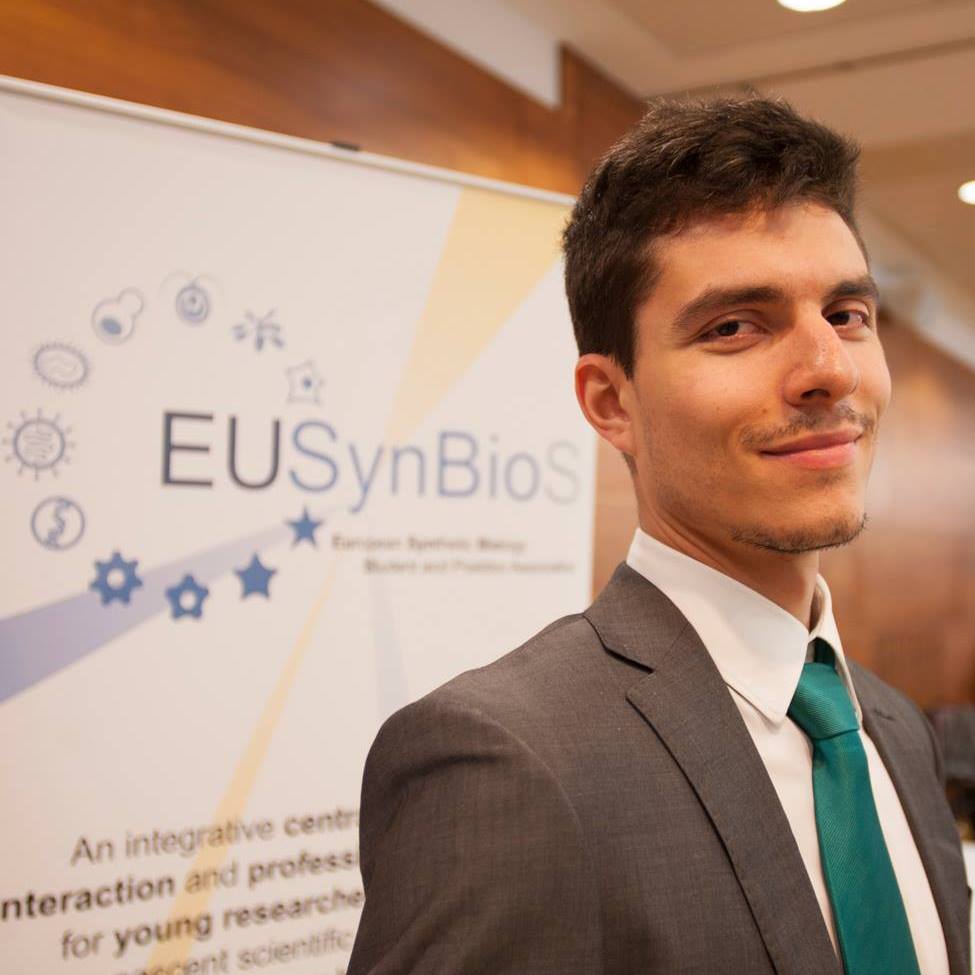Open Labware for plant electrophysiology
With the objective of providing a way of studying a number of interesting phenomena observed in neurons, mechanics and electric/electronic circuits in plants and of making this accessible to schools and laboratories at a very low cost, we developed a set of circuits, sensor shields and software to perform some elementary experiments in plants exhibiting fast-nastic motions. The boards, and electronic oscillators, and a set of data collection codes are modified versions of a number of Open Hardware and software projects with some custom additions.
The Idea
Our idea is to develop an affordable, open source, hardware-software “sandbox” to allow plant scientists to explore the possibilities of in-vivo experimentation with plant electrophysiology. We plan to build on the existing Plant SpikerShield system from ackyard Brains, which consists of electrodes (positioned on the plant by means of a 3d printed “manipulator”) whose signal is amplified by a custom made electronic circuit which then is sent to a computer via an Arduino microcontroller. The data can then be recorded, plotted and analysed. Specifically, we seek to replicate this system, enhance its mechanical setup and develop a robust open source high-level graphical user interface for data recording and analysis in any given platform (Window, OSX, Linux) using browser capabilties, Jupyter and Javascript. Our enhancements to this system will be designed with the plant sciences community in mind, with an emphasis on user-friendly design, realistic scalability and portability. These features will also enable outreach to other communities, for example in educational settings.
We will also create a set of easy to reproduce experiments, focusing on model systems such as Marchantia and Arabidopsis. We will emphasise two aspects:
- The coupling of plant signaling with external electrical circuits to facilitate study of phenomena such as the emergence of synchronisation, resonance, chaos and other common collective effects observed in networks of excitable media. This will be of interest not only to plant sciences, but also in other fields of science, e.g. physics, engineering and mathematics.
- The triggering and manipulation of behaviours in artificially coupled circuits of plants.
Our longer term aim behind creating these experiments, developing a plant-sciences friendly user-interface and enhancing the Plant SpikerShield set-up is the development of a gold-standard system to study oscillations in biological networks.
The Team
Dr Carlos Lugo,
Postdoctoral Researcher, The Sainsbury Laboratory, Norwich
Dr Marco Aita,
Postdoctoral Researcher, The Sainsbury Laboratory, Cambridge
Mr Christian Boehm,
Graduate Student, Department of Plant Sciences, University of Cambridge
Mr Guru Vignesh Radhakrishnan,
Graduate Student, John Innes Centre, Norwich
Prof Richard Morris,
Research Group Leader, John Innes Centre, Norwich
Project Outputs
Project Report
Summary of the project's achievements and future plans
Project Proposal
Original proposal and application
Project Outputs
Software and design files. A follow-on project was funded by the OpenPlant Fund, called Plant Electro-mechanics
Building and Detecting Plant Action Potentials and Other Excitable Media Phenomena.
Summary
With the objective of providing a way of studying a number of interesting phenomena observed in neurons, mechanics and electric/electronic circuits in plants and of making this accessible to schools and laboratories at a very low cost, we developed a set of circuits, sensor shields and software to perform some elementary experiments in plants exhibiting fast-nastic motions. The boards, and electronic oscillators, and a set of data collection codes are modified versions of a number of Open Hardware and software projects with some custom additions.
Report and Outcomes
Codes and further information of the project is available at:
https://github.com/calugo/OpenPlant-Electrophysiology
http://calugo.github.io/OpenPlant-Electrophysiology/
The repositories there are more or less self-explanatory all are open source but we still need to clean the information to be more useful. There you can find schematics for the boards, 3d models for the manipulators and a number of drivers for data collection through the serial port using python, node and other approaches. Departing from a design proposed by BackYard brains, we deliver a single layered arduino shield to measure Action Potentials in plants. As discussed in a number of forums, these phenomena is particularly useful to introduce biological circuits, mathematics and even genetics to audiences in a single shot. The boards not only work in arduino but also have been tested in other similar architectures with the object of coupling the units with a signal emitter (DAC). This extension of the system allow us to "connect" plants with pther plants using a variety of topologies and also with electrical/electronical components (In our case non-linear oscillators) to investigate on one hand collective phenomena analogous to that in neuroscience and mechanics. Electrical characterizations of several responses attirbuted to pathways of Ca2+ van be further investigated and potentially aid with the discovery of full ion channels in plants using this extremely simple setups. We build up also a number of nonlinear oscillators and tested alternative ways of streaming data into the computer "on the cheap" As part of some of the outreach and audience testing, our team carried out theoretical and practical sessions in the following events:
- Science Makers - Plant Electrophysiology
- SAW - Stapleford Primary OpenPlant Project
- Metabolic Biology Seminar with Colette Matthewman at John Innes Centre, Norwich
Our original intention of having a full experimental setup is on its way to completion, we only received the boards from china today and these still need assembly, however will pursuit full completion and have applied for a follow up grant. We want to prepare a robust set of reproducible applications of this boards so they can serve to a quick introduction to many STEM core concepts. Our software development is still largely in the shape of bash scripts which is not user friendly. Our robotics are also slightly off time due to the time it takes to print the manipulators. We are able to gather data trough a Laptop but our goal is to be able to use a Pi-esque system and a pendrive. This is work in progress. We have set-up a blog alongside the repository which is intended to host images, videos and tutorials with results of the experiments once we have assembled all the boards over the next few weeks. We would like to stress that it was difficult to work in a coordinated fashion with the experimental team members as we barely had time to interact with them in this initial phase of the project. Several steps of the process of assembly the 3d printer and the manufacturing of the boards were severely overlooked and took more time that the expected. We also tried to collaborate with other teams in the OpenPlant scheme but we did not succeeded as much as we would ideally like.
Expenditure
Rockstock V2.0 3D Printer £1000
Rigol Oscilloscope £450
Electronic Components for Chaotic Oscillators £70
Backyard brains Plant Electrophysiology kit £120
Cambridge-Norwich commutes £250
Mini Laptop £60
15 Arduino nano, micro and UNO and other *uino dev boards £450
Peripherals, sensors, 3d filament £90
Board Manufacturing £180
Motors £120
Venus flytraps pots. (deceased) £50
Mimosa Pudica pots. (deceased) £50
3 HD Storage devices and 10 Raspberry Pi kits wires sensors and cameras £500
Are you claiming the additional £1000 follow-on funding? Yes
Follow-On Plans
There are two experiments about synchronization between plants and electronic circuits which we would like to perform that require further development of the boards by the addition of a DAC module. One in fast plants and another in marchantia. We also like to test a monitoring system setup for several hours. We plan to bring completion to the project by embeding our boards and drivers in kits ready to be taken away to schools and laboratories right away. This includes: Circuit Boxes and automated setup of wires, manipulator and motor with driver box and data collection interface. We are applying to follow up for the project to develop a user friendly version of the software for MAC OSX, Windows, and Linux. As of right now all the pieces are scattered in Linux based systems and in a variety of scripts in node and python. The results of this project are to be extended as part of a larger project of lab automation by Marco Aita. We would like to keep our Makespace membership for another term. We have recruited new people to complete the tasks of a more "professional" delivery of the software, adding version for windows and OS (Tony Naggs) and Kirstie Withaker with vast experience in the creation of open documentation for reproducible experiments in Neuroscience.








